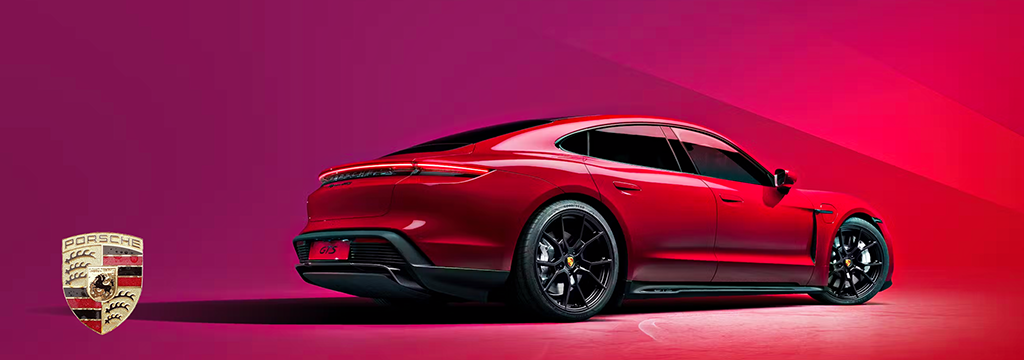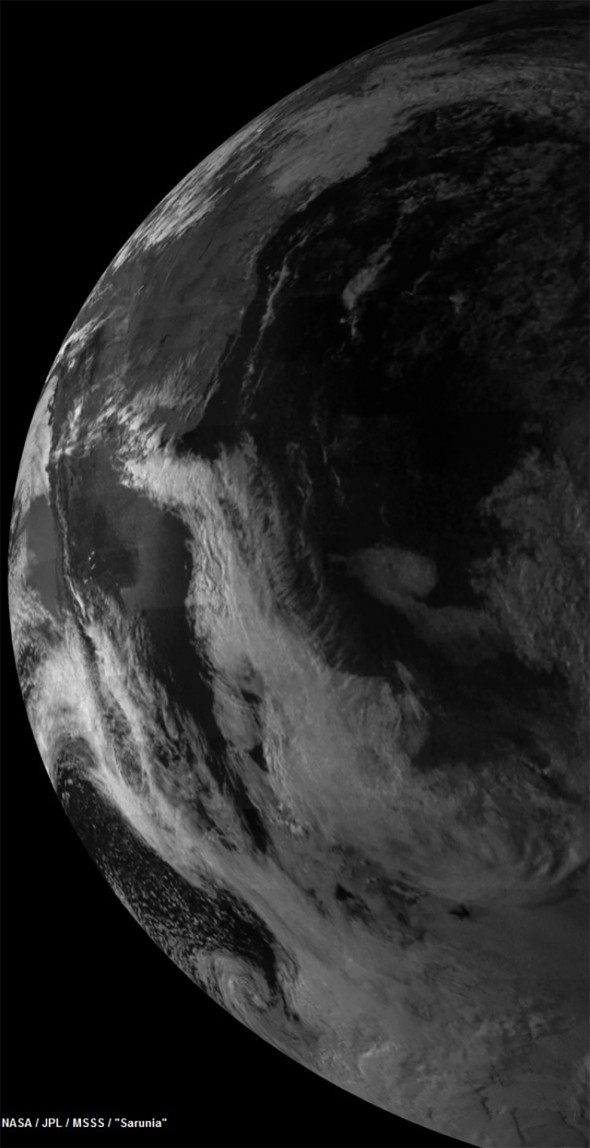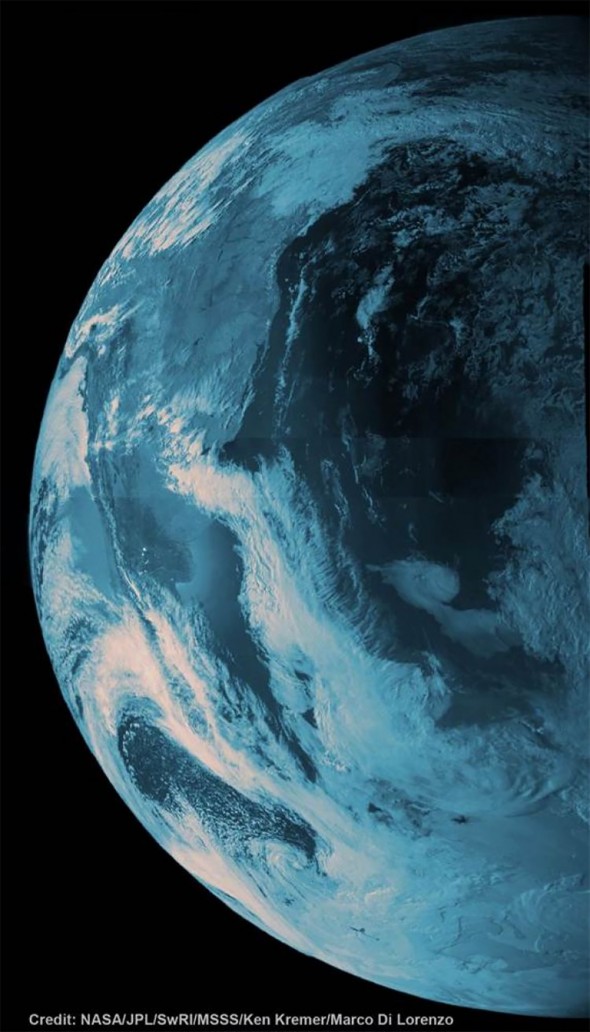
first ever image of a black hole captured from the event horizon telescope.
dan marrone, an astrophysicist who sits on the eht’s science council affirms, “seeing is believing”
the first ever direct image of a supermassive black hole has finally been captured.
the historic image comes from the event horizon telescope, a network of 10 radio telescopes enveloping earth and functioning as a single receiver.
the emblematic doughnut shape of the black hole affirms what theorists have imagined once confronted with albert einstein’s general relatively more than a century ago.
the image shows the boundary between light and dark around a black hole, called the event horizon, the point of no return, where the gravity of the black hole becomes so extreme that nothing that enters can ever escape. at the center of the black hole, time and space become so curved upon themselves that the laws of physics break down completely
einstein’s equations of general relativity, defined modern gravitational physics describing gravity as a phenomenon created when matter warps the geometry of space and time. in turn, curved space and time (“space-time”) tells matter how to move. he published the general theory of relatively in 1915.
shortly after einstein produced the equations for general relativity, german physicist karl schwarzschild calculated that if an object is dense enough, it would create a bottomless pit in space-time known as a “singularity.” anything within a certain radius of that pit — a region known as the “event horizon” — would be swallowed by its gravity. a black hole (another name for such a singularity) consumes clouds of gas and stars that wander too close; not even light can escape.
einstein found the notion irrational debunking it in a research paper.
all the evidence suggested that einstein was wrong about black holes — and that his theory was right.
the cosmic portrait belongs to the black hole at the center of messier 87, the largest galaxy we know of, about 54 million light-years away. “you’re basically looking at a supermassive black hole that’s almost the size of our solar system,” or 38 billion kilometers in diameter, said sera markoff, an astrophysicist at the university of amsterdam.
the image was divulged wednesday at the national press club in washington and in news conferences in six other cities. dan marrone, an astrophysicist a the university of arizona who sits on the eht’s science council affirms, “seeing is believing”





